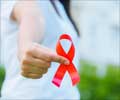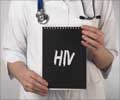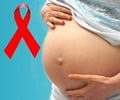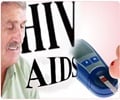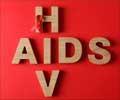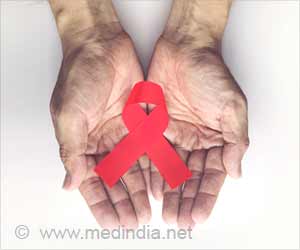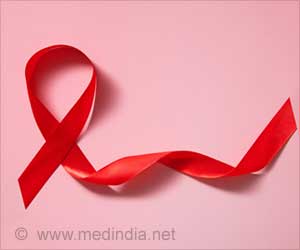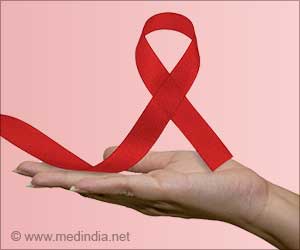Study results show that a series of community efforts can increase the number of people who get tested and know their HIV status.
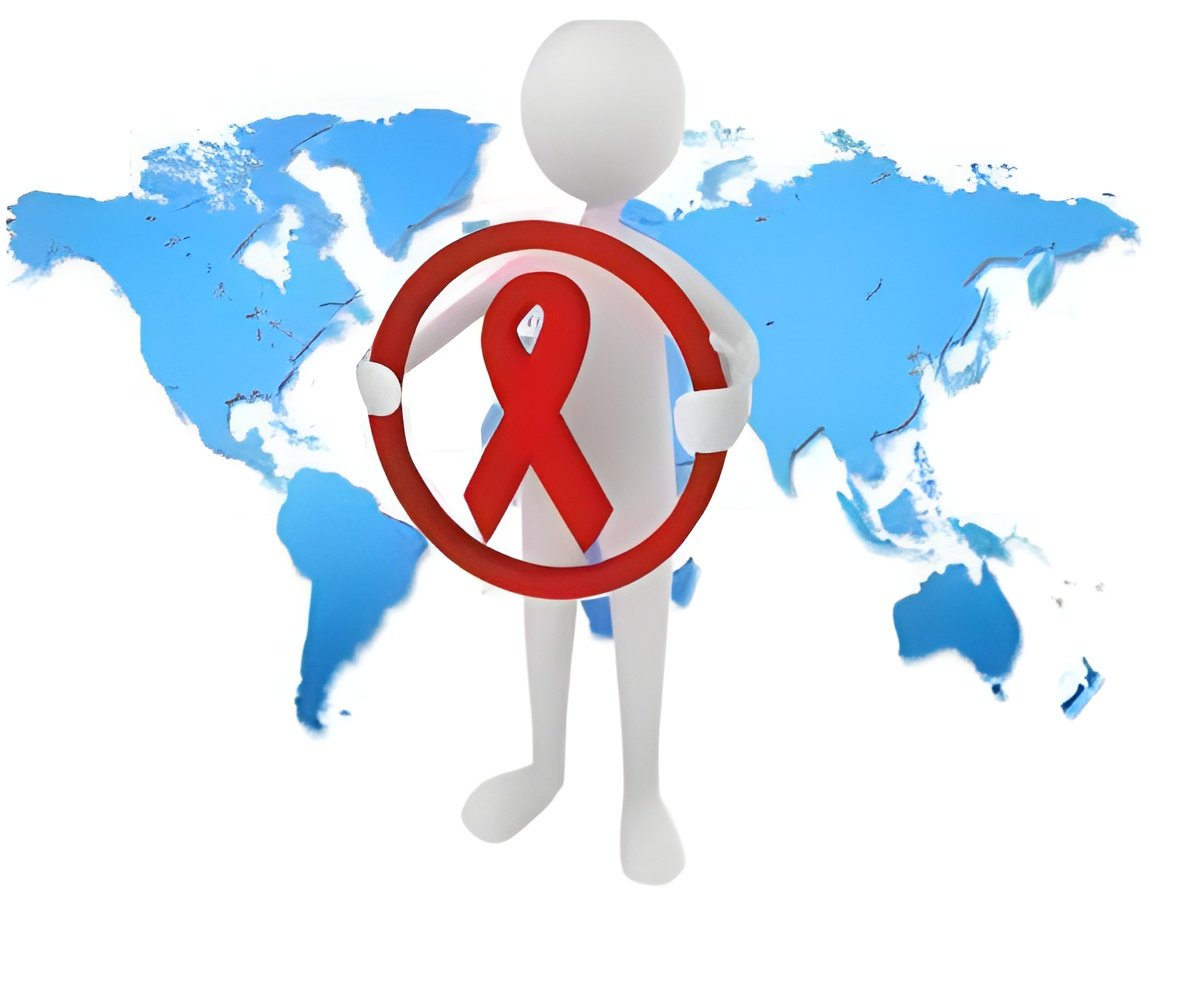
Intervention communities received the combined strategy and others served as control communities.Many HIV prevention programs, especially in sub-Saharan Africa, have reported difficulty in reaching men; however, the NIMH Project Accept (HPTN 043) study was able to achieve a 45% higher rate of testing of men in intervention versus control communities. In addition, HIV-infected individuals in the intervention communities reported greater reductions in risky sexual behaviors. This effect was especially strong among HIV-infected men who reported 18% fewer sexual partners and 29% fewer concurrent sexual partners as compared to the control communities. "These study results clearly demonstrate that high rates of testing can be achieved by going into communities and that this strategy can result in increased HIV detection which makes referral to care possible," said Dr. Thomas Coates, NIMH Project Accept (HPTN 043) Protocol Chair and Director of the Center for World Health at the University of California, Los Angeles.
"This has major public health benefit implications by not only linking infected individuals to care but also by encouraging testing in entire communities and therefore also reducing further HIV transmission.""For individuals to receive necessary prevention, care and treatment, they need to know their HIV infection status through HIV testing," said Dr. Wafaa El-Sadr, HPTN Principal Investigator.
"These study findings provide clear and compelling evidence that the provision of mobile services, combined with appropriate support activities, is a strategy that can increase testing rates and also reduce HIV incidence."HPTN Principal Investigator Dr. Mike Cohen added, "A community-level intervention based on modifying community norms can change the environmental context in which people make decisions about HIV risk, and has the potential to alter the course of the HIV epidemic in developing countries. These study findings, along with those from HPTN 052, will help inform emerging work on HIV "test and treat" strategies, such as HPTN 065 (TLC-Plus) and HPTN 071 (PopART) studies."Study participants who learned they were HIV-infected were directed to the study's post-test services which included counseling, referrals to health care and social services assistance. Participants who tested HIV negative were also directed to post-test services for further counseling, referrals and support in staying HIV uninfected. Local health authorities were thoroughly briefed on the study findings and encouraged to continue implementation efforts.
Source-Eurekalert

